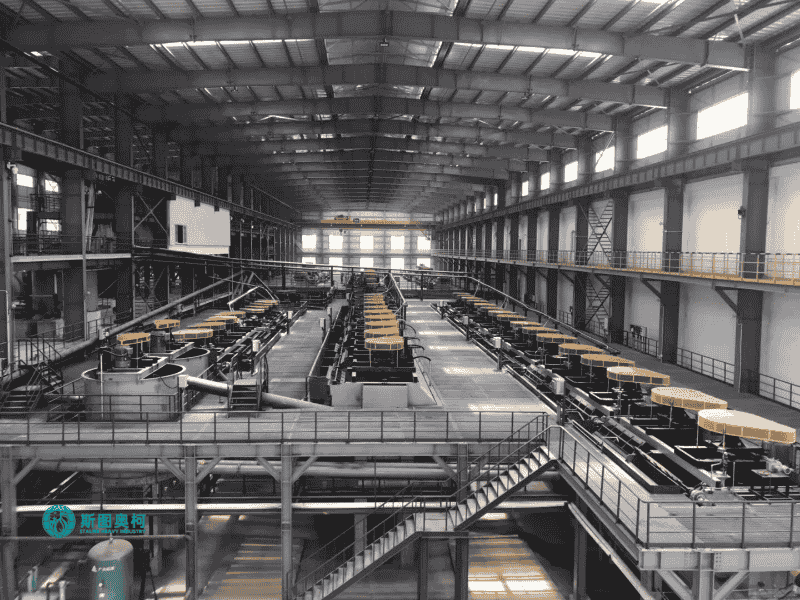Selecting the right flotation machine requires careful consideration of ore characteristics.
The type of minerals, particle size distribution, and surface chemistry determine the flotation mechanism needed. For sulfide ores like copper or gold, mechanical agitation flotation cells are commonly used due to their strong mixing and aeration capabilities. For finer particles or oxide minerals, column flotation may be preferred for its selective recovery and lower energy consumption. The ore's floatability and reagent requirements also influence the choice between conventional and specialized designs.

Production capacity and process efficiency are critical factors.
The required throughput and retention time dictate the size and number of flotation units. Large-scale operations often benefit from high-volume tank cells, while smaller or modular plants may opt for compact, energy-efficient models. The machine's ability to maintain stable froth and achieve target recovery rates should align with the plant's overall metallurgical objectives. Automation features, such as level control and air flow regulation, can further enhance performance and consistency.
Operational and maintenance costs must be evaluated
Energy consumption, wear resistance, and ease of maintenance impact long-term economics. Machines with robust materials (e.g., rubber-lined tanks) and simplified mechanisms reduce downtime and spare part replacement costs. Additionally, the availability of local technical support and spare parts can significantly influence the decision, especially in remote mining locations. Balancing upfront investment with lifecycle costs ensures sustainable operation.
Environmental and site-specific conditions also play a role.
Factors like water quality, temperature, and altitude can affect flotation performance. Machines with advanced froth control and tailings management systems help meet environmental regulations. Space constraints, power supply stability, and climate adaptability (e.g., corrosion-resistant materials for humid areas) should also be considered. Pilot testing and manufacturer consultations are recommended to validate the flotation machine's suitability for the specific application.
Therefore, we need to choose a suitable flotation machine based on the mineral composition, particle size distribution, floatability, and impurity content of the material. If you have any further questions, please consult our Staurk Machinery




